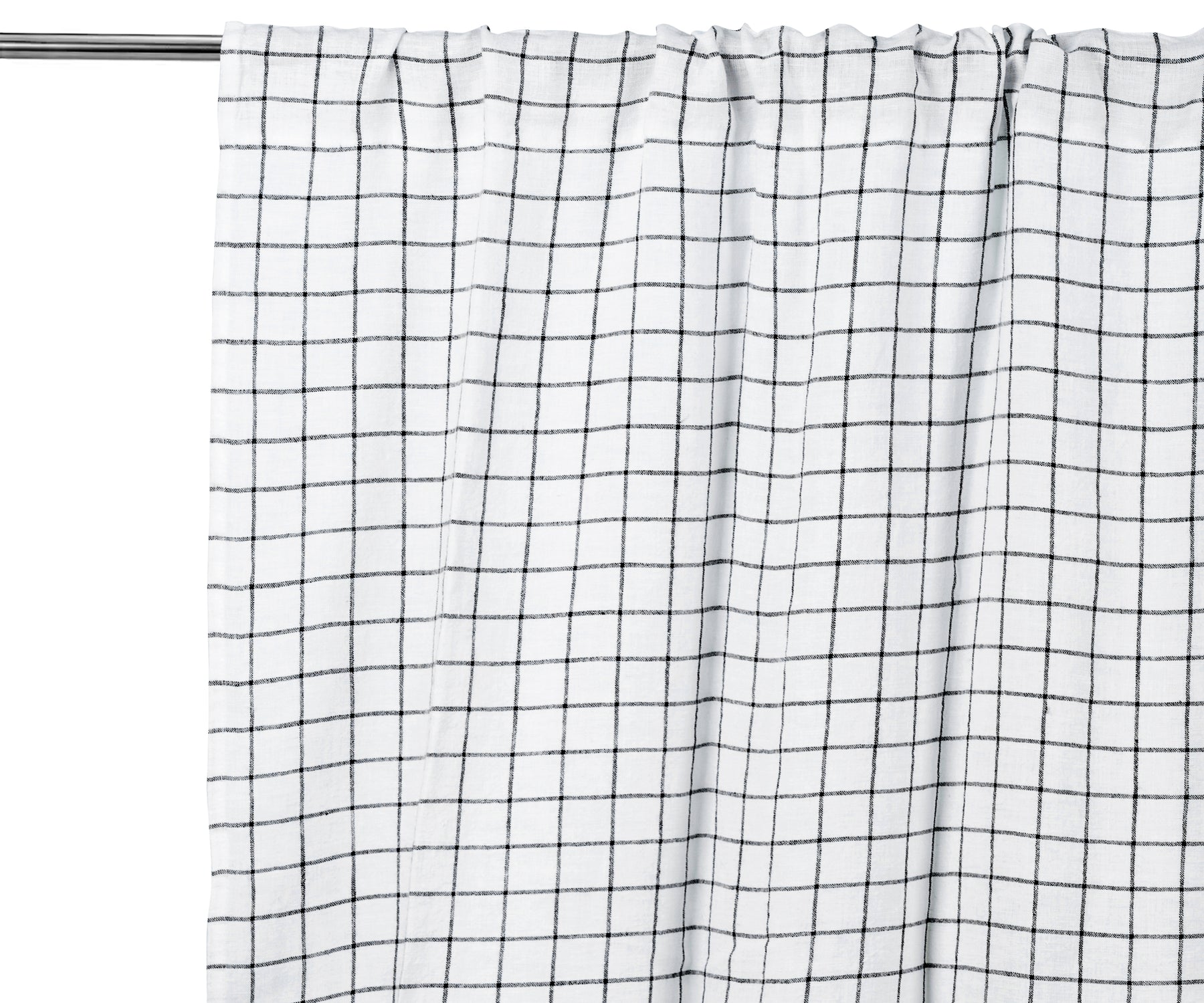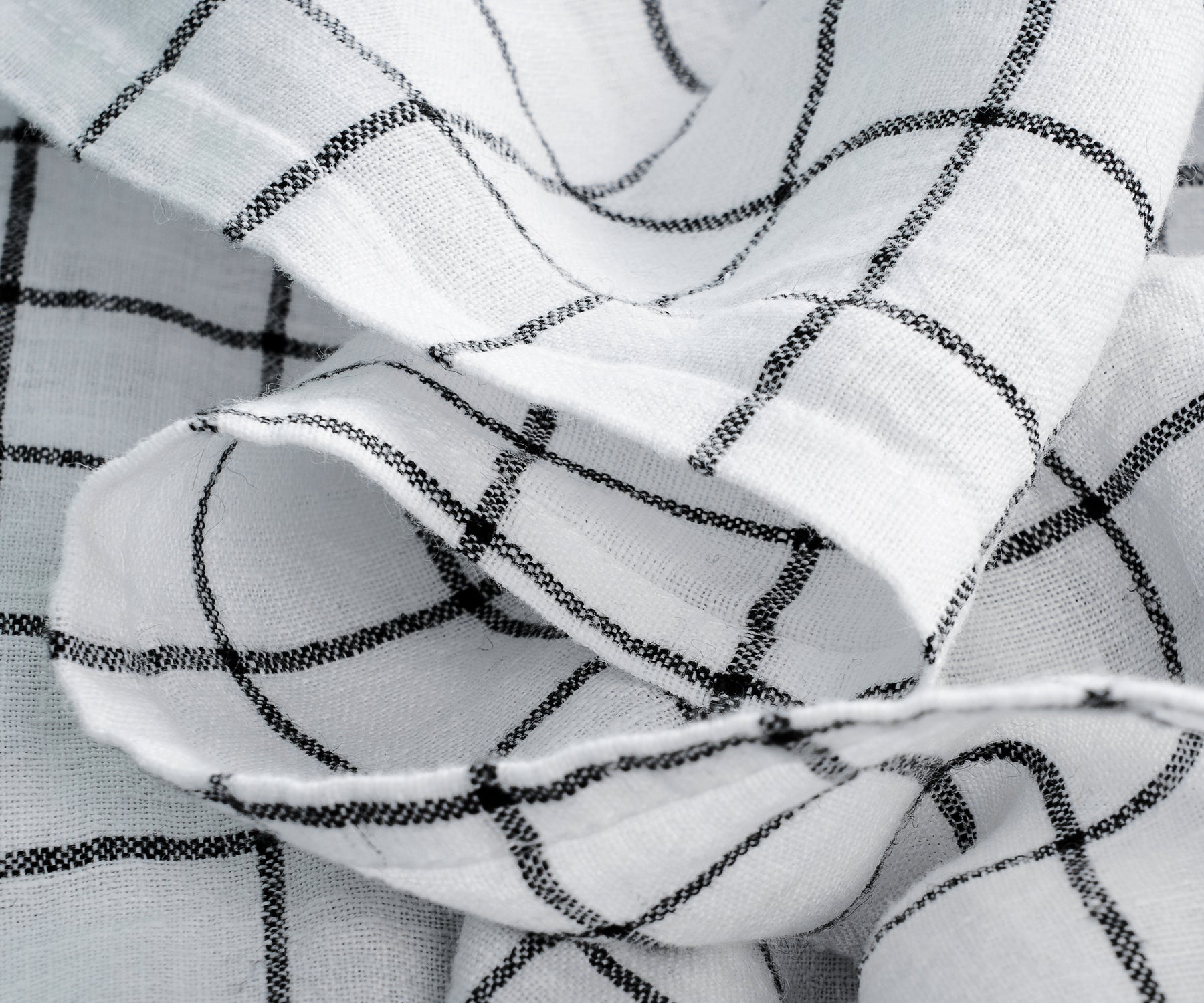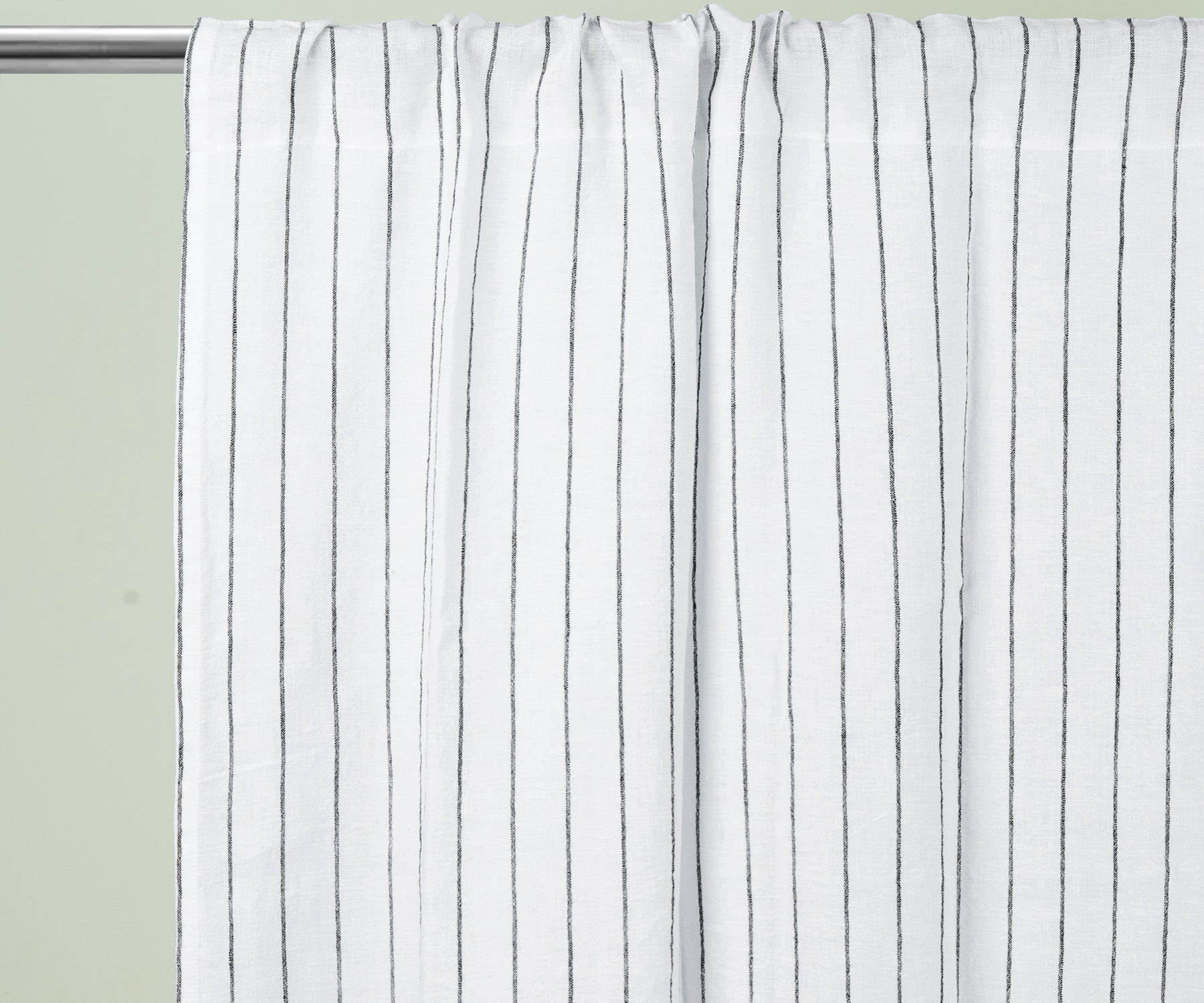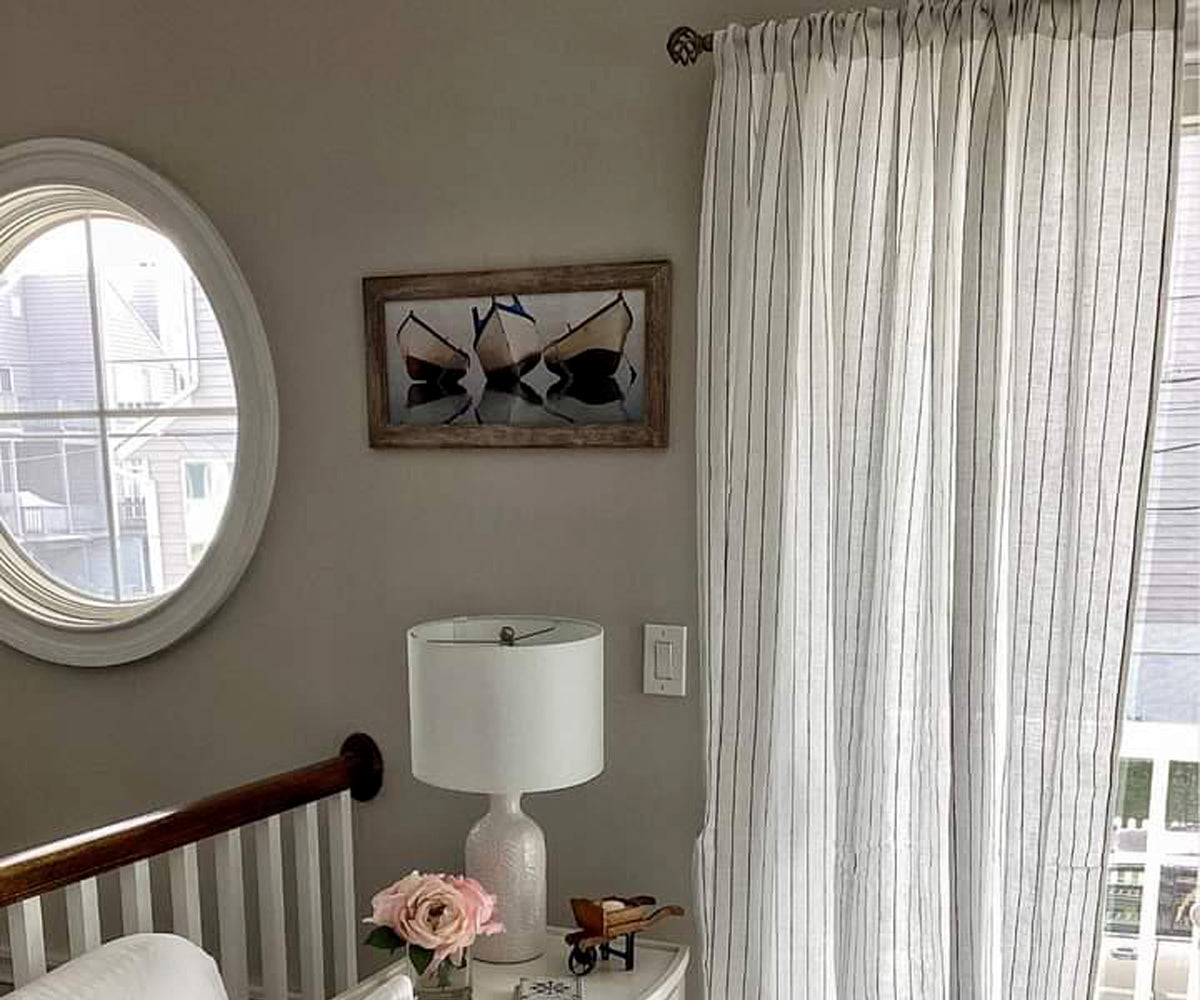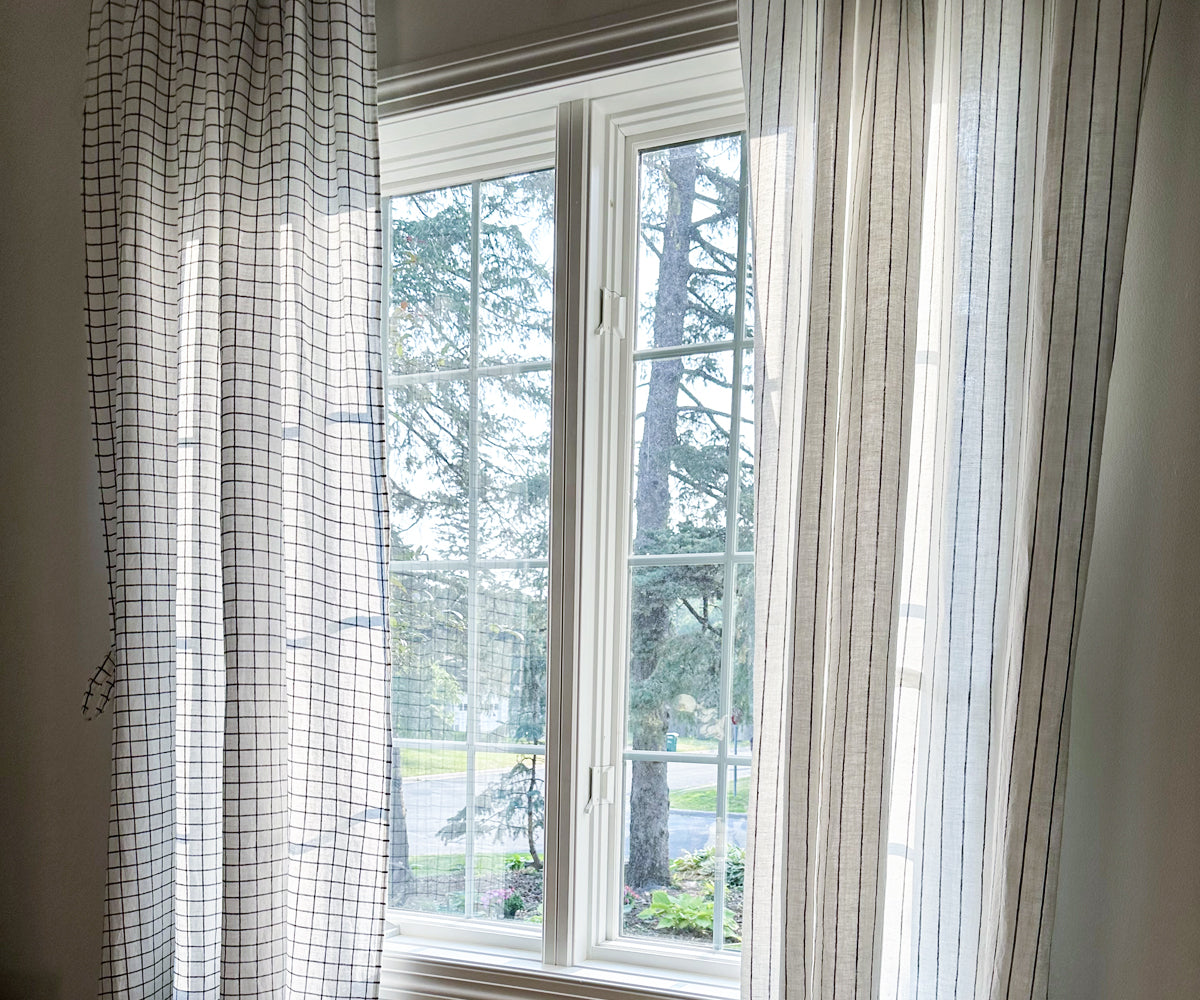Understanding Curtains and Blinds

What Are Curtains?
Curtains are fabric panels that hang from a rod, covering windows for privacy and decoration.
Types of Curtains:
-
Sheer Curtains - Light and airy, great for softening natural light.
-
Blackout Curtains - Block out light completely, ideal for bedrooms.
-
Thermal Curtains - Insulated to regulate temperature and reduce energy costs.
What Are Blinds?
Blinds consist of horizontal or vertical slats that can be adjusted to control light and privacy.
Types of Blinds:
-
Roller Blinds - A single fabric sheet that rolls up neatly.
-
Venetian Blinds - Horizontal slats that tilt to adjust the light.
-
Roman Blinds - Fabric blinds that fold into pleats when raised.
Also Read: What Are The Different Curtain Styles [2025 Edition]
Factors to Consider When Choosing Curtains or Blinds
1. Room Size and Space Considerations
-
Curtains: These are best suited for large rooms, adding a soft, luxurious feel. Long, flowing fabrics make ceilings appear taller.
-
Blinds: Ideal for smaller spaces, creating a sleek and modern look without taking up floor space.
Best Choice: If you have limited space, blinds are a better option. For aesthetic appeal and warmth, curtains work best.
2. Interior Design Compatibility
-
Curtains: Work well in classic, cozy, and traditional interiors. Layered curtains add depth and texture.
-
Blinds: They are best suited for modern, minimalist, and contemporary spaces. They provide a clean, structured look.
Best Choice: Curtains suit a traditional or elegant style, while blinds complement minimalist and contemporary designs.
3. Light Control and Privacy
-
Curtains: Layering options allow for flexible light control (e.g., sheer + blackout).
-
Blinds: Adjustable slats provide precise light control and privacy without blocking airflow.
Ideal Use Cases:
-
Bedrooms: Blackout curtains for better sleep.
-
Living Rooms: Layered curtains or adjustable blinds for flexibility.
-
Bathrooms/Kitchens: Moisture-resistant blinds to prevent mold.
Best Choice: If you need precise light control, blinds are better. If you prefer a softer ambiance, curtains work well.
4. Soundproofing and Insulation

-
Curtains: Thick fabrics like velvet provide better noise reduction and insulation, keeping rooms warm in winter.
-
Blinds: Offer minimal soundproofing but help regulate temperature, especially in warmer climates.
Best Choice: Curtains are ideal for cold climates and noise reduction, while blinds are better for temperature control in hot areas.
5. Maintenance and Durability
-
Curtains: Need regular washing or dry cleaning, depending on fabric type.
-
Blinds: Require frequent dusting and occasional deep cleaning. Metal and wooden blinds last longer than fabric curtains.
Best Choice: If you prefer low-maintenance options, blinds are easier to clean. If durability is a priority, wooden blinds or machine-washable curtains are great choices.
You May Also Like: Why Linen Curtains Are Your Must-Have Investment for 2025?
6. Cost Factor: Which is More Budget-Friendly?
-
Curtains: More affordable for basic options, but high-end fabrics can be expensive.
-
Blinds: Prices vary based on material (PVC, wood, fabric).
Best Choice: Blinds are generally cheaper than premium curtains, but simple curtain styles can be cost-effective.
Which One is Right for You?
Your choice between curtains and blinds depends on several factors:

-
Style Preference: Opt for curtains if you love a classic, cozy feel, or choose blinds for a modern, minimalist look.
-
Practical Needs: Curtains are best for privacy and insulation. Blinds are better for precise light control.
-
Maintenance Effort: Curtains are generally easier to wash, while blinds require regular dusting to keep them clean.
For the best of both worlds, consider layering blinds with curtains—blinds for function and curtains for added warmth and elegance.
Both curtains and blinds have unique benefits. Curtains add elegance and warmth, while blinds offer modern style and precise light control. For high-quality, sustainable curtains, consider options from All Cotton and Linen—made with organic cotton and linen, offering durability, style, and eco-friendly benefits.





















